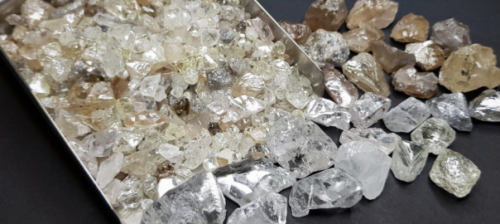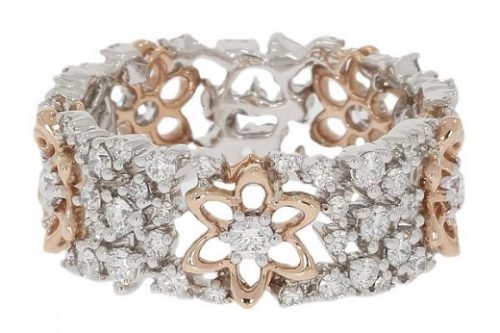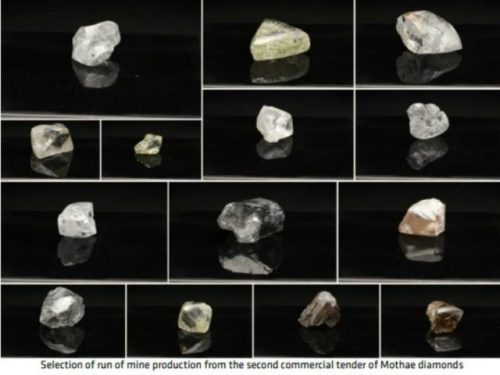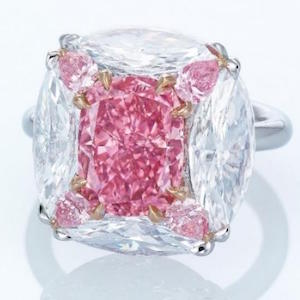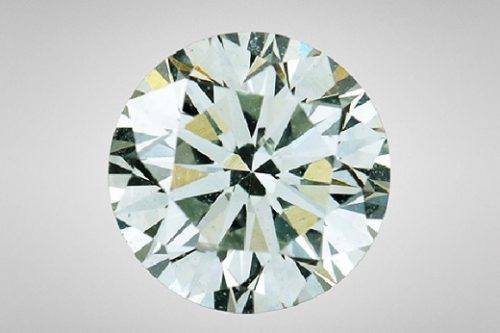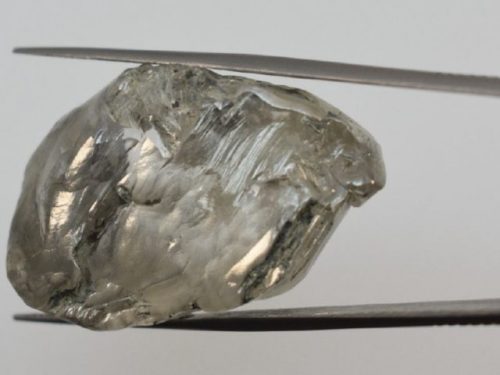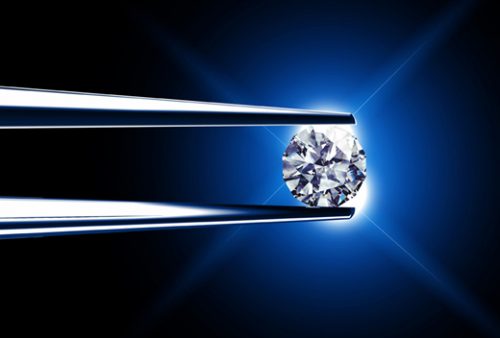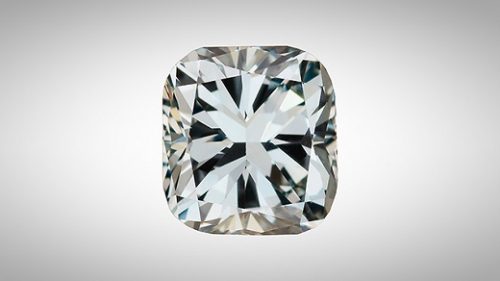Lucapa Diamond Company has continued its successful run at auction after securing $US10 million ($14.5 million) for the sale of alluvial diamonds from its Lulo mine in Angola, central Africa.
The run-of-mine diamonds, which totalled 5573 carats in weight (around 11.15 kilograms), achieved an average price of $US1800 a carat.
Several more high-value Lulo diamonds — including a 130-carat type IIa diamond and 45-carat pink — are still being held as inventory by partner Sociedade Mineira Do Lulo (SML), which is operated and 40 per cent-owned by Lucapa.
SML plans to expand Lulo’s plant throughput by 50 per cent to around 450,000 bulk cubic metres by 2020. The company upgraded Lulo’s JORC resource in January by 90 per cent to 80,400 in-situ carats at an average price of $US1420 a carat.
It is Western Australia-based Lucapa’s fourth diamond tender in 2019, following two auctions in February and a third in May.
It is also the second tender of the year from the company’s Lulo mine. The first auction, which took place via electronic tender in Luanda, Angola in February, remains the company’s largest sale of the year so far. It secured $US16.7 million for the sale of seven large diamonds at an average price of $US33,530 a carat.
The other two auctions related to the sale of diamonds from Lucapa’s other African mine, the Mothae kimberlite joint venture project between Lucapa (70 per cent) and the Government of the Kingdom of Lesotho in southern Africa (30 per cent).
These sales took place in Antwerp, Belgium in February and May, and raised $5.3 million and $US3.5 million respectively.
Lucapa launched commercial production of Mothae in January this year. The company is also progressing two early-stage exploration projects: Orapa Area F in Botswana and Brooking in Western Australia.
Source: australianmining

